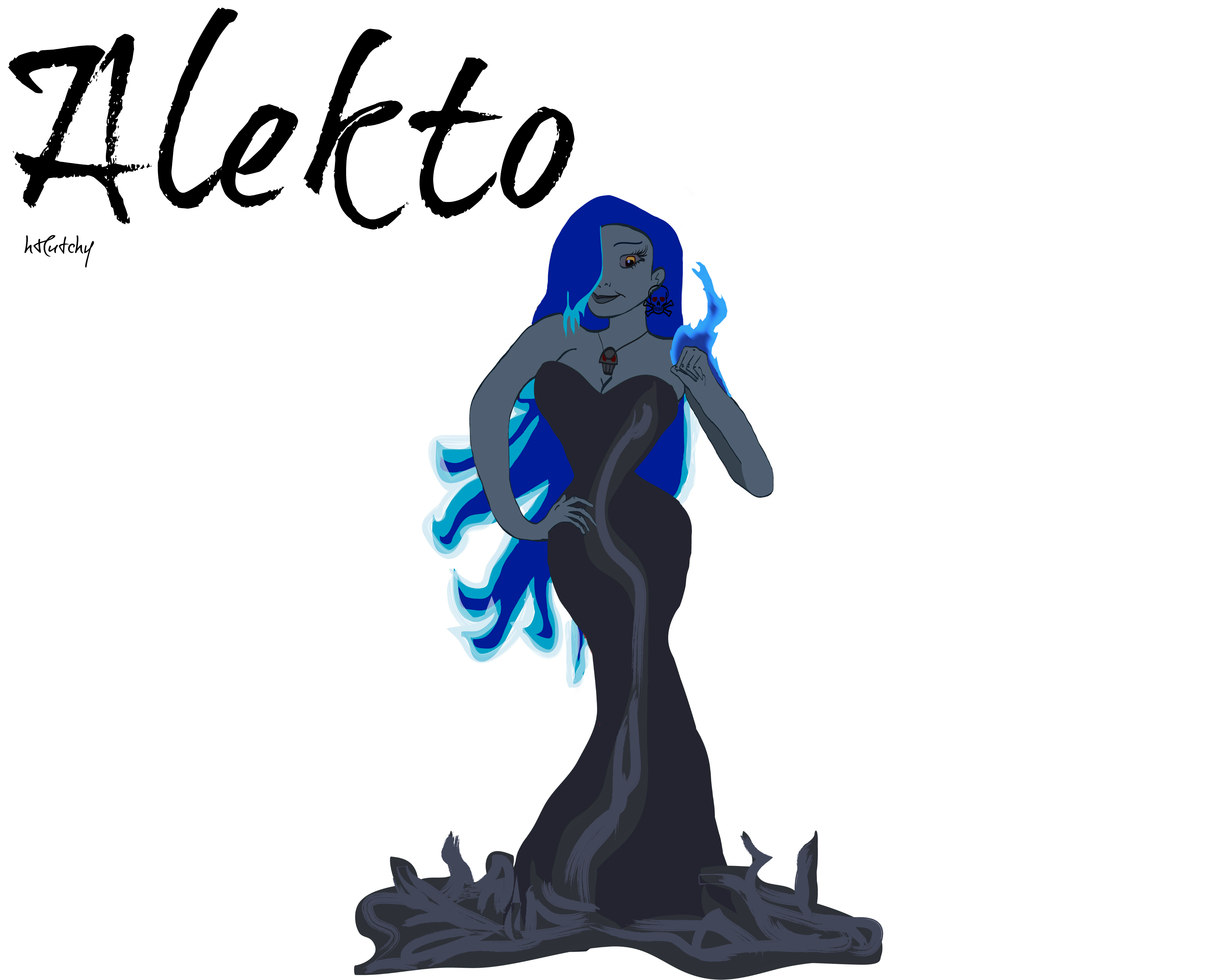
5th century BC), Zagreus seems to be the son of Hades, while in Aeschylus’ Egyptians ( Aigyptioi), Zagreus was apparently identified with Hades himself. In a fragment from one of Aeschylus’ lost Sysiphus plays (c. Perhaps here meaning the highest god of the underworld.Īnd apparently for Aeschylus, Zagreus was, in fact, an underworld god.

“Mistress Earth, and Zagreus highest of all the gods.” The earliest is in a single quoted line from the (6th century BC?) epic Alcmeonis: The early mentions of Zagreus occur only in fragments from lost works. Noting “Hades’ identity as Zeus’ katachthonios alter ego”, Gantz thought it “likely” that Zagreus, originally, perhaps the son of Hades and Persephone, later merged with the Orphic Dionysus, the son of Zeus and Persephone. In the earliest mention of Zagreus, he is paired with Gaia (Earth) and called the “highest” god and Aeschylus links Zagreus with Hades, possibly as Hades' son, or Hades himself. 5, 228) suggests that Zagreus was often identified with other deities." 472 Nauck).Įarlier evidence, however, (e.g., Alkmaionis fr. 43.117 P), with a possible earlier precedent in the fragment from Euripides Cretans (fr. The association of Dionysos with Zagreus appears first explicitly in a fragment of Callimachus preserved in the Etymologicum Magnum (fr. The custom of some scholars aways refer to the dismembered god as Zagreus does not seem to be well advised, nor is there justification for treating the name as a characteristic feature of the Orphic story." It has not been proved that Zagreus and Dionysus are one and the same. Ivan Linforth however states that "the name Zagreus does not appear in any Orphic poem or fragment, nor is it used by any author who refers to Orpheus. In his reconstruction of the story, however, Lobeck made extensive use of the fifth-century CE epic of Nonnos, who does use the name Zagreus, and later scholars followed his cue. As Linforth noticed, 'It is a curious thing that the name Zagreus does not appear in any Orphic poem or fragment, nor is it used by any author who refers to Orpheus.' Radcliffe Edmonds says: "Lobeck 1892 seems to be responsible for the use of the name Zagreus for the Orphic Dionysos. They deposited them in a sacred cave on the isle and instituted the Samothrakian Mysteries in his honour.Īccording to Timothy Gantz, "Orphic sources preserved seem not to use the name "Zagreus", and according to Martin West, the "name was probably not used in the Orphic narrative".

In another tale, the genitals of Sabazius were recovered by the Kabeiroi gods of Samothrake.

From the drink she conceived the younger Dionysos, as a reincarnation of the first. Zeus recovered the child's heart and making it into a potion, fed it to one of his many lovers: Semele.

Stories from the Orphic Hymns has the Titans, who were opposed to Zeus' power, Titans snuck into Olympos, take the child to the woods and beguile him with toys, then dismembered him and consumed the child except for his heart. Very little is known about the background of the Orphic Dionysus aside from the fact that he was regarded as the child of Zeus and Persephone. In the Orphics, Dionysus is generally referred to as Sabazius or Eubuleus (Which was an epithet for Hades) if he's not referred to as Dionysus. The only recorded instance where Zagreus is used as a name for the Orphic Dionysus is in Nonnos' Dionysiacas. He was later equated with the Orphic Dionysus, who was regarded as the "first-born Dionysus." According to Orphic hymns, he was the son of Zeus and Persephone, who Zeus seduced in the form of a drakon (dragon-like serpent), though an Aeschylus fragment from the 5th century BCE claims that Hades was his father. Zagreus was an Underworld God of the Orphic mysteries.


 0 kommentar(er)
0 kommentar(er)
